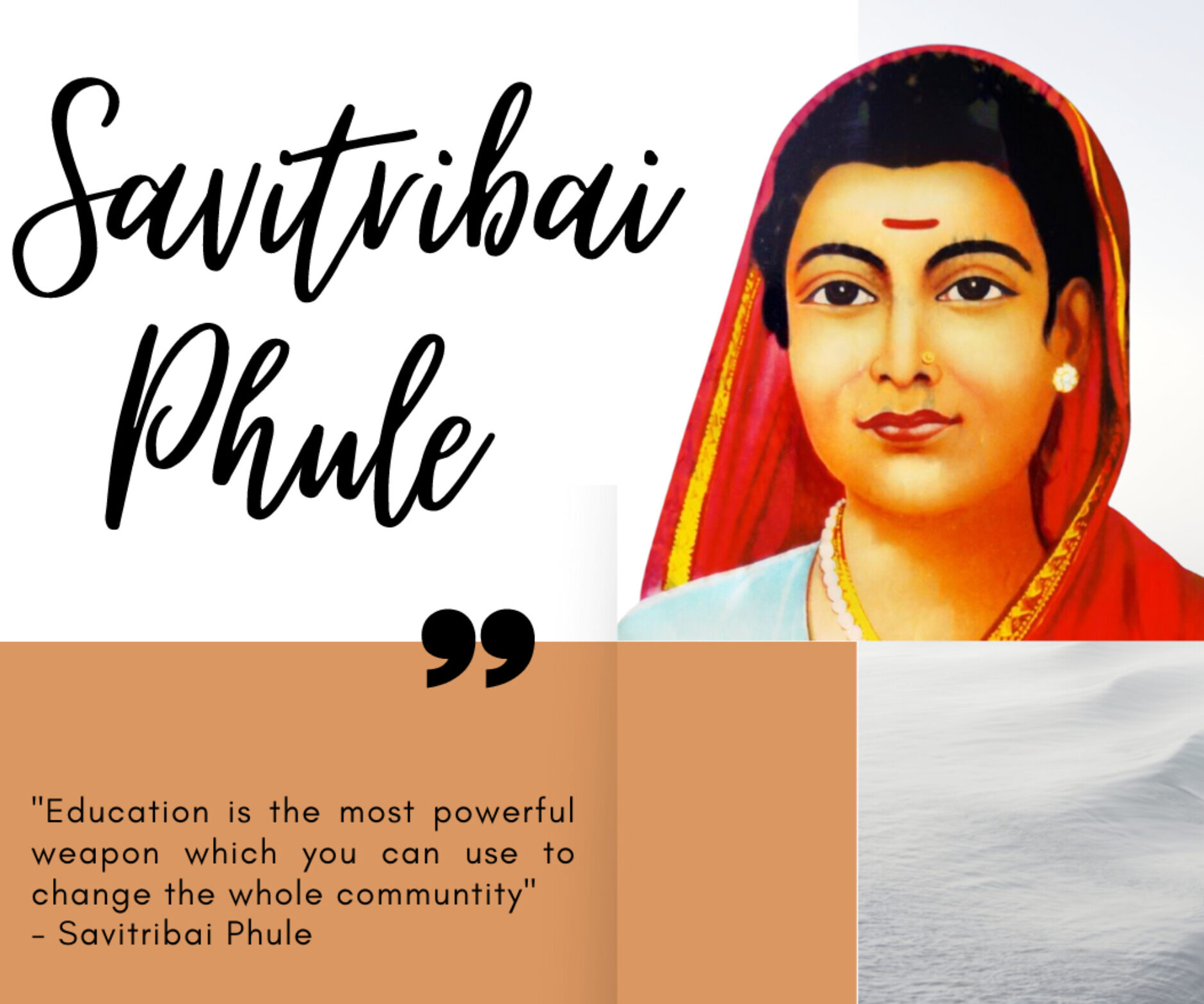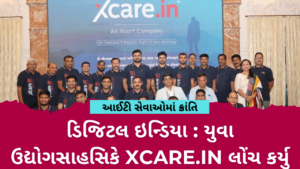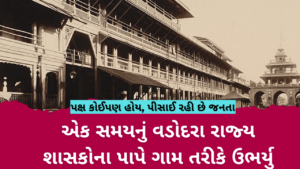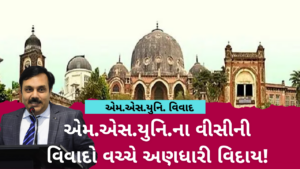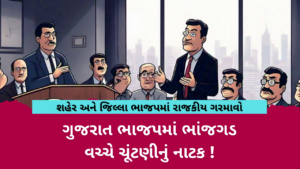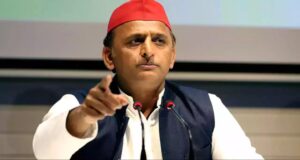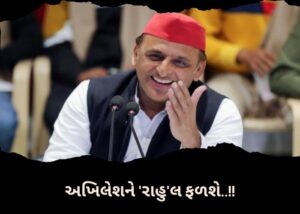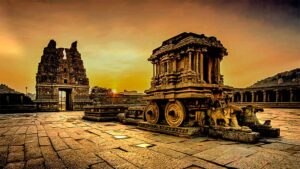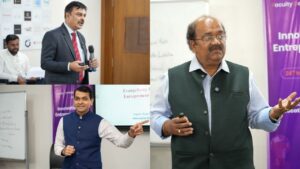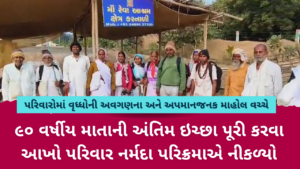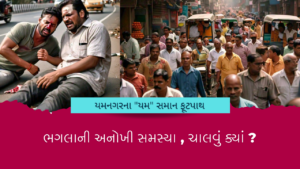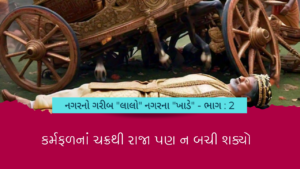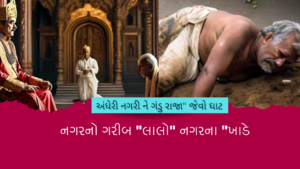“I believe that education is the key to every woman’s liberation.
The more you know the less likely you are to be afraid.
Your education is your passport to a better future.” -Savitribai Phule
India was among the first nations in the world to elect a woman as prime minister more than half a century ago. Our nation has also elected a woman president twice post-independence. Though there are a lot of other powerful women including a few politicians, athletes, and software developers, the patriarchy consistently asserts that men ought to play more important roles than women.
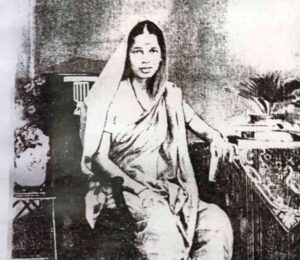 We have fought for women’s rights for more than centuries, and we continue to do so. There is a list of rights that we are discussing, ranging from voting rights to education to sexual harassment rights to discrimination based on race and gender.
We have fought for women’s rights for more than centuries, and we continue to do so. There is a list of rights that we are discussing, ranging from voting rights to education to sexual harassment rights to discrimination based on race and gender.
Our Vadodara honors and celebrates birthday of Savitribai Phule, one of the most significant and unsung heroes of our time, who not only fought for women’s rights but also cleared the path for justice, courage, and gender equality—issues that we continue to fight for today. Her journey began in the 1840s, and she faced true hardship.
Tracing her Life
Naigaon, a little town in the Indian state of Maharashtra, is home to Savitribai, who is also referred to as the mother of Indian feminism. Her unwavering curiosity and dream-chasing passion cleared the path for women and women’s rights. In 1840, at the age of nine, she tied the knot with Jyotirao Phule. She couldn’t bring herself to disagreement with the idea of child marriage. However, not all marriages conclude with childrearing and domestic duties. Jyotirao was impressed by her eagerness to learn. She began her educational path and completed her teacher training in Ahmednagar. Despite the difficulty of training a woman, she passed her fourth exam in 1847.
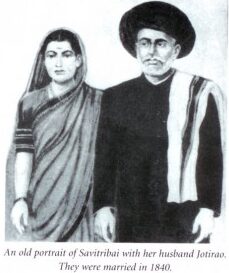 Savitribai made the decision to improve the lives of young girls. She paved the way for girls’ education and improved the status of women on the globe by making them aware of their rights. She founded a school for girls’ education and became the first female teacher. Subsequently, she founded a homeless shelter and was instrumental in forming Jyotirao Phule’s ground-breaking Satyashodhak Samaj, an organization that advocated for the equality of women from all social groups. We continue to fight for women’s rights in India today because she made the initial step in 1848.
Savitribai made the decision to improve the lives of young girls. She paved the way for girls’ education and improved the status of women on the globe by making them aware of their rights. She founded a school for girls’ education and became the first female teacher. Subsequently, she founded a homeless shelter and was instrumental in forming Jyotirao Phule’s ground-breaking Satyashodhak Samaj, an organization that advocated for the equality of women from all social groups. We continue to fight for women’s rights in India today because she made the initial step in 1848.
Execution of Dreams
She wanted every girl to be educated and to have wings to soar. Year 1848 saw the opening of a school for girls. When Savitribai became India’s first female teacher, it infuriated the community. She nonetheless went ahead and opened more female-only schools in spite of this. Savitribai and Jyotirao founded an education society in 1853 that included women and girls from all social classes living in the area.
“No one will support you,
If you are doing well.
Stand on the other side,
To see the real faces of people.”
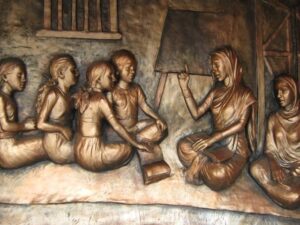 Savitribai was a brave woman who faced and successfully overcame obstacles in order to bring about change in the realm of patriarchy. She experienced harassment and abuse on her way to work. She knew her road well, so she would have liked to hide it with silence. She had a fresh perspective on India.
Savitribai was a brave woman who faced and successfully overcame obstacles in order to bring about change in the realm of patriarchy. She experienced harassment and abuse on her way to work. She knew her road well, so she would have liked to hide it with silence. She had a fresh perspective on India.
Following her educational journey, Savitribai chose to become sympathetic to the condition of widows in India. For as long as is known, women were held responsible for their husbands’ deaths and were required to commit Sati, a rite in which they killed themselves and their husbands’ bodies on a bonfire.
Aasra for the Destitutes
Women’s perspectives was extremely narrow and dependent. After constant struggle and obstacles, Savitribai created a larger shelter space for women, including poor women, widows, and child brides abandoned by their families. She was there to support and educate them at the shelter house. She shaped their young hearts and minds to be resilient.
 When she adopted Yashwantrao, the son of a widow who was receiving care from her institution, she became one among them.
When she adopted Yashwantrao, the son of a widow who was receiving care from her institution, she became one among them.
In addition to defending the rights of women and giving them a place to live in dignity, Jyotirao and Savitribai made the decision to drill a well in their backyard so that the villagers may have access to clean water. It was banned for them to use the communal village well for driving water. In 1868, this created a lot of agitation.
The Satyashodhak Samaj
Over time, Savitribai made contributions to the development of Satyashodhak Samaj. The founders of this institute, did everything in their power to empower women and inform them of their rights. Removing discrimination was the society was their main goal. By 1873, they had established Satyashodhak Marriage as a practice, in which partners swore allegiance to equality and education.
But the culture that shamed them for standing up for women and shamed those with names didn’t seem to care about any of this.
“We are born as male and female,
But in the end,
We are God’s children.
Human beings.”
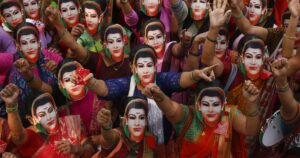 She is a living example of bravery and self-determination rather than merely an inspiration. She proved that to advance women’s rights and empowerment, fame or wealth are not prerequisites. Although Savitribai, a strong-willed woman, upset the system, it will undoubtedly take another decade for people to recognize, comprehend, and accept women’s rights. Discrimination will end on that day when all women rise tall, clasp hands, and rebel against society. Everyone, no matter how big or small, wealthy or impoverished, affluent or impoverished, will celebrate equality.
She is a living example of bravery and self-determination rather than merely an inspiration. She proved that to advance women’s rights and empowerment, fame or wealth are not prerequisites. Although Savitribai, a strong-willed woman, upset the system, it will undoubtedly take another decade for people to recognize, comprehend, and accept women’s rights. Discrimination will end on that day when all women rise tall, clasp hands, and rebel against society. Everyone, no matter how big or small, wealthy or impoverished, affluent or impoverished, will celebrate equality.

